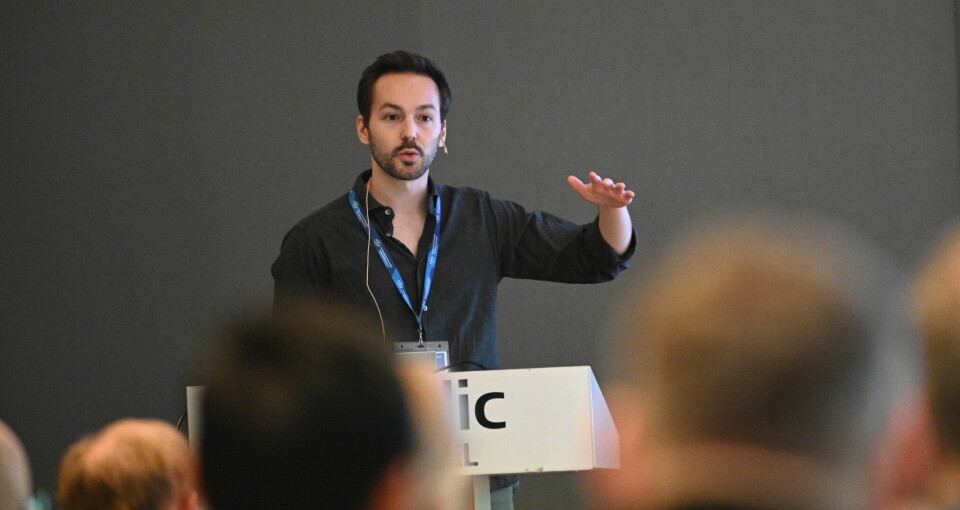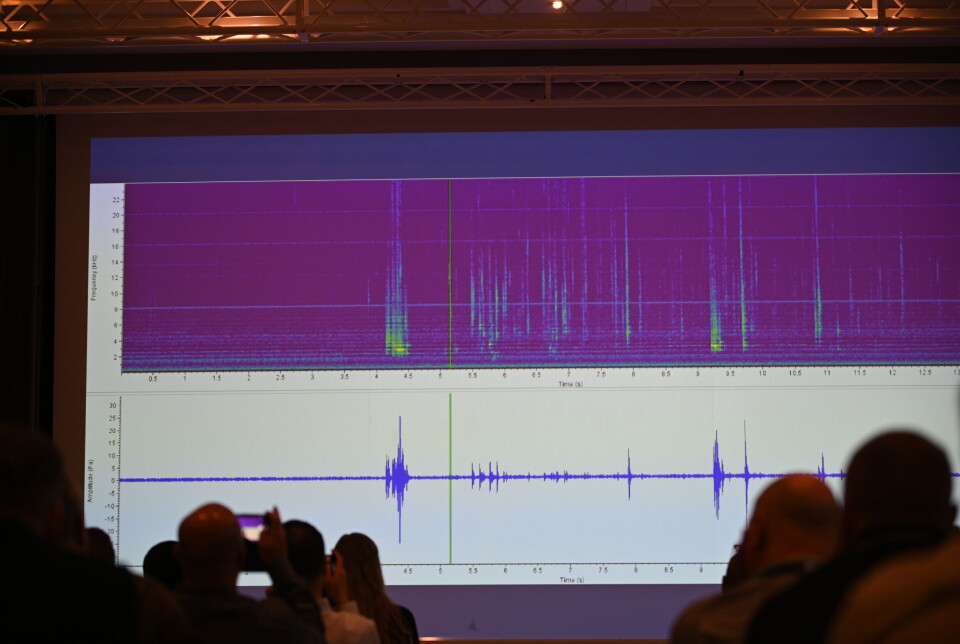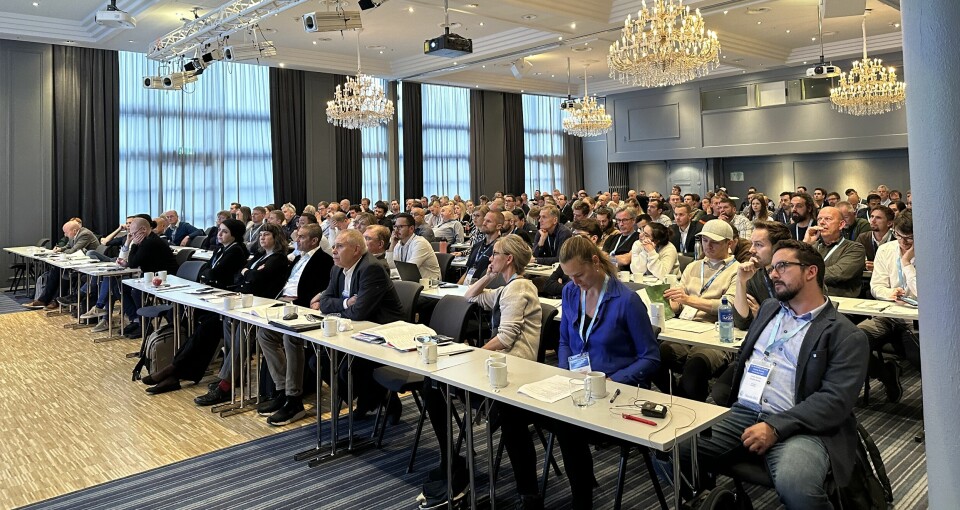
Listen up! Sound can be used for monitoring RAS facilities
Noises detected in land-based fish farms may be music to the ears of those seeking more information, a conference in Norway has been told
The sixth Nordic RAS was held on Tuesday and Wednesday this week in Tromsø, and approximately 250 people, the majority from academic institutions from all over Europe but also the United States, gathered for the first time since the Covid pandemic to exchange scientific knowledge about recirculating aquaculture systems (RAS), reports one of Fish Farming Expert's Norwegian sister sites, Landbased AQ.
One of the presenters was PhD student Gaute Helberg, employed by salmon farmer Lerøy, who in his doctoral thesis looks at sound and sound images in RAS systems.
“There is a growing knowledge base related to the effect of water quality, light, microbial composition and dynamics as well as water flow on the health, welfare and performance of salmon. However, little has been done to understand the actual tank soundscape in RAS,” he said.
The soundscape in the tank is created by the likes of pumps, water treatment equipment, and feeding systems, and of course human activity.

“In addition, the salmon itself can make sounds that can be linked to feeding, filling its swim bladder and other forms of behaviour,” said Helberg.
He pointed out that previous research on the soundscape in RAS has mostly focused on the potential harmful effect of sound on fish welfare.
“But sound can also be an important contributor to information related to the behaviour of the fish in the tank and the performance of the system,” he said.
Helberg said that feeding systems based on passive acoustic monitoring have been developed for shrimp farming, and he believes the same principles could be adapted to RAS tanks and could become valuable when high turbidity inhibits artificial intelligence-based feeding systems that rely on visual observation.
Sound when feeding
In his doctoral work, he and others have looked in particular at the sound image in small-scale RAS systems, both in connection with feeding and starvation.
He says that the results of the work show variations in the soundscape that correlate with feeding events.
Furthermore, sound images from a drum filter with a malunction (it flushed continuously for a period), irregularities in the feeding system and problems related to oxygenation were identified through variations in the sound waves at given frequency bands that characterised the tank’s sound image.
“We could also hear how much water was flowing through the tanks,” he said.
“This shows that acoustically based monitoring systems can be used to provide solid and reliable information about both the fish’s performance and the system’s status. However, it is important to note that the sound image can vary from tank to tank, e.g., based on where in the room they are placed,” Helberg pointed out.

Describes tools
He further emphasised that in order to use such systems well, you should also have video that confirms where the sound you are recording actually comes from.
“In an article from the doctoral work which is currently being published, we describe various tools for making such measurements,” he said.
He also received questions from the audience about what the fish hear from this and how it affects them.
“The fish’s hearing is complicated, it cannot hear the same as us. We also know from other research that one of the structures involved in the fish’s hearing, the otoliths, can be quite deformed in farmed salmon. So, what it’s really hearing is a good question,” he said.






















































